As the government shutdown dragged on, air traffic controllers at some of the country's busiest airports found themselves facing a daunting reality: working without pay, with the added pressure of ensuring the safe takeoff and landing of thousands of flights every day. For passengers like Sarah Johnson, a frequent flyer who had been looking forward to a long-awaited vacation, the shutdown's impact was all too real. "I was supposed to leave for a week-long trip to Hawaii yesterday, but my flight was canceled due to the government shutdown," she said, frustration etched on her face. "I'm still trying to figure out when I can reschedule, but it's been a nightmare."
The situation that unfolded was the result of a complex interplay between politics and policy. As the shutdown entered its second week, Transportation Secretary Sean Duffy announced a series of measures aimed at mitigating the impact on air travel. At 40 highly trafficked airports, carriers were ordered to reduce their operations by 4 percent, with the cuts increasing to 10 percent in the coming days. The move was designed to ease the strain on air traffic controllers, who had been working without pay since the shutdown began.
The decision was not without controversy, however. Some airlines and industry groups argued that the restrictions would lead to unnecessary flight cancellations and disruptions, ultimately harming passengers and the economy. "We understand the need to manage air traffic, but these cuts are too drastic and will cause more problems than they solve," said a spokesperson for the Air Transport Association, a trade group representing major carriers. "We urge the administration to reconsider these restrictions and work with us to find a more balanced solution."
Others saw the move as a necessary step to ensure the safety of air travel. "We cannot compromise on safety, and the shutdown has put a significant strain on our air traffic controllers," said a spokesperson for the Federal Aviation Administration (FAA). "These restrictions are a temporary measure to ensure that we can continue to operate safely, and we will continue to work with the administration to find a long-term solution."
As the situation continues to unfold, passengers like Sarah Johnson are left to navigate the uncertainty. With flights being canceled and schedules being adjusted, many are left wondering when they will be able to take to the skies again. "I just want to get to my destination safely and on time," she said. "I hope that the government can find a way to resolve this shutdown soon, so we can all get back to normal."
The government shutdown's impact on air travel is a complex issue, with multiple perspectives and interests at play. As the situation continues to evolve, one thing is clear: the safety and efficiency of air travel will remain a top priority, even as the politics of the shutdown continue to play out. With the FAA's restrictions in place, passengers can expect continued disruptions in the coming days, but the long-term solution remains elusive. As the country waits for a resolution, one thing is certain: the shutdown's impact on air travel will be felt for weeks to come.



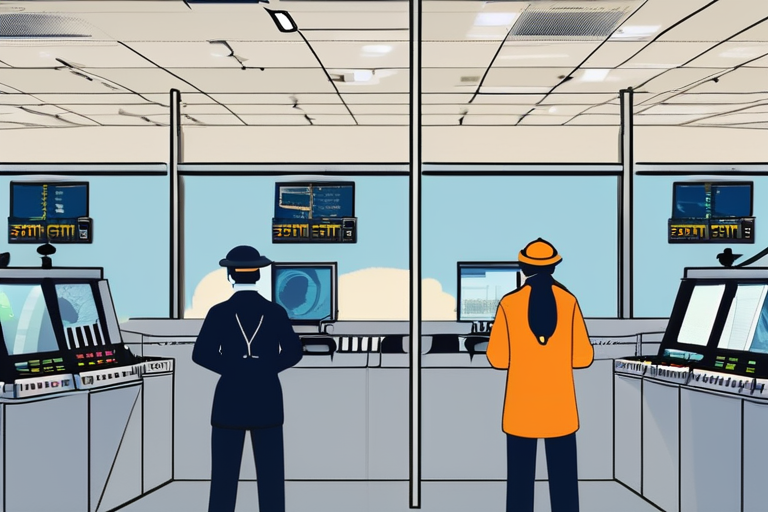


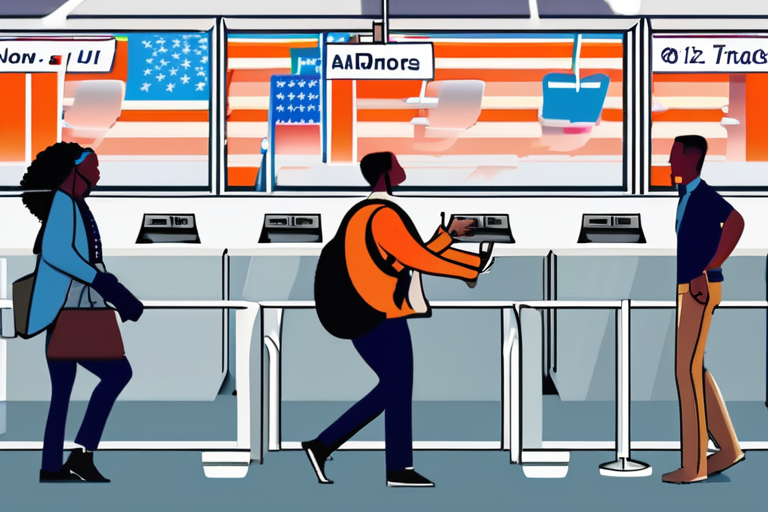
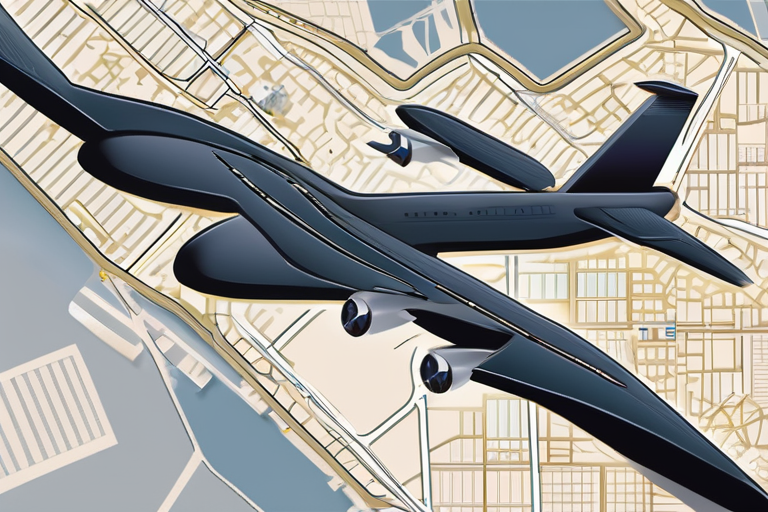
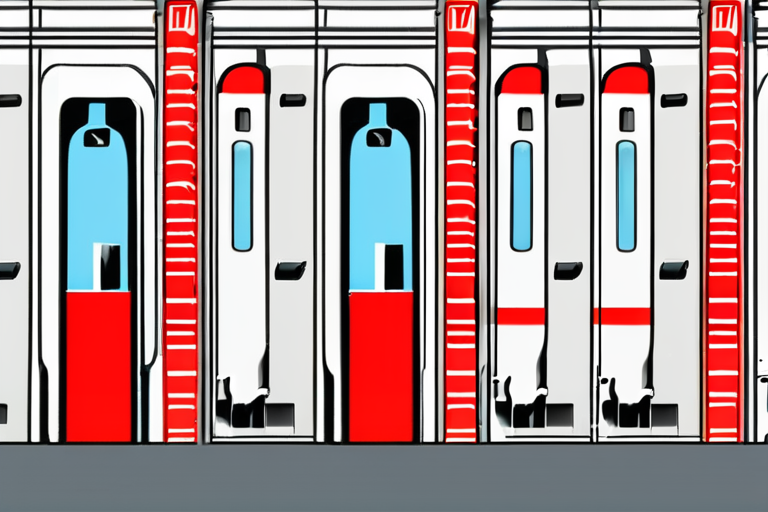


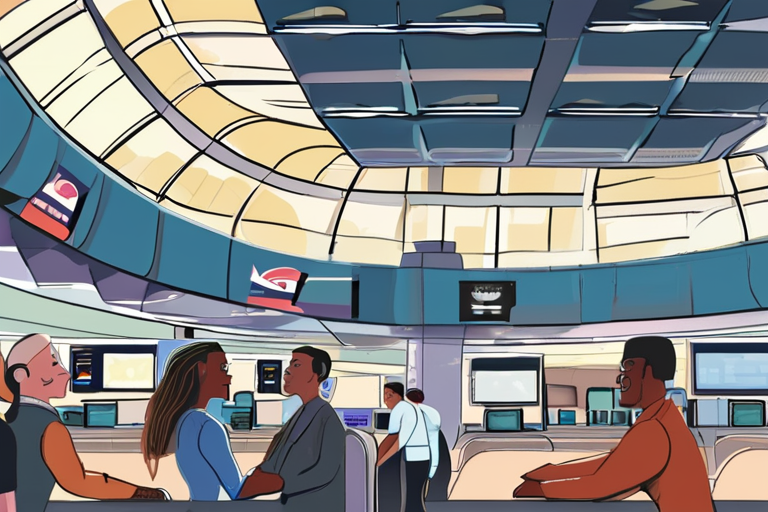
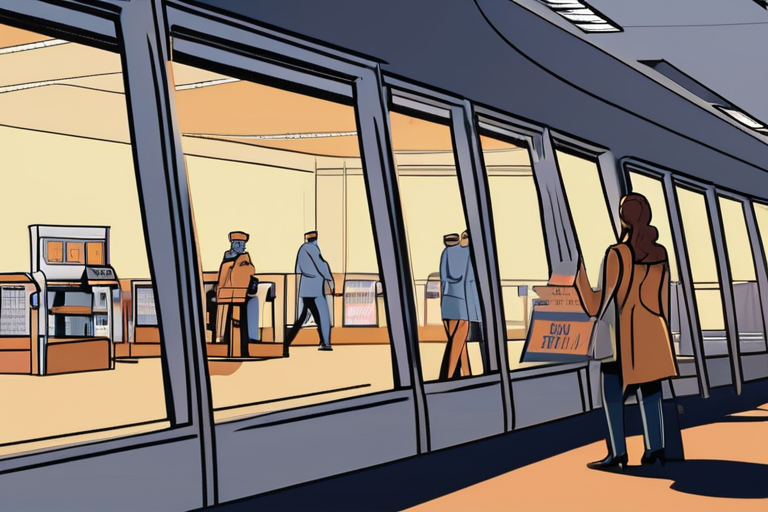
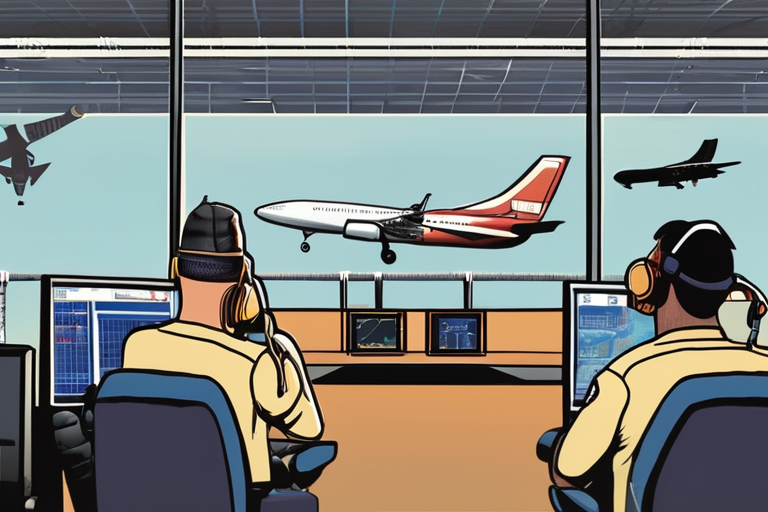
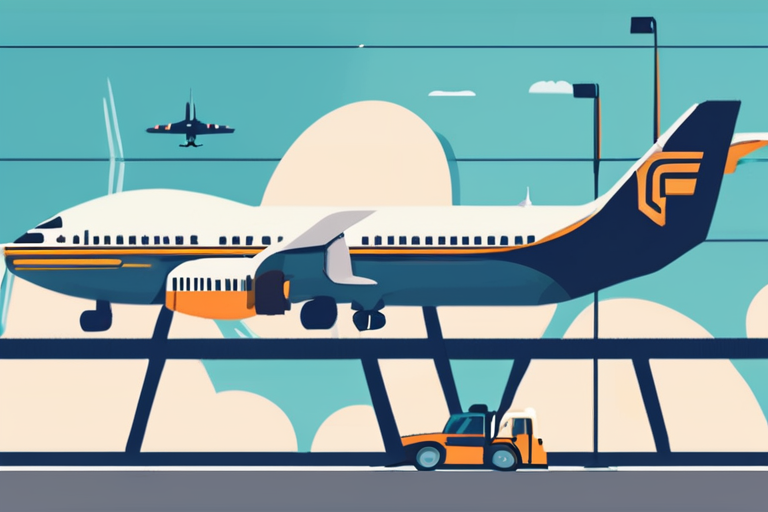


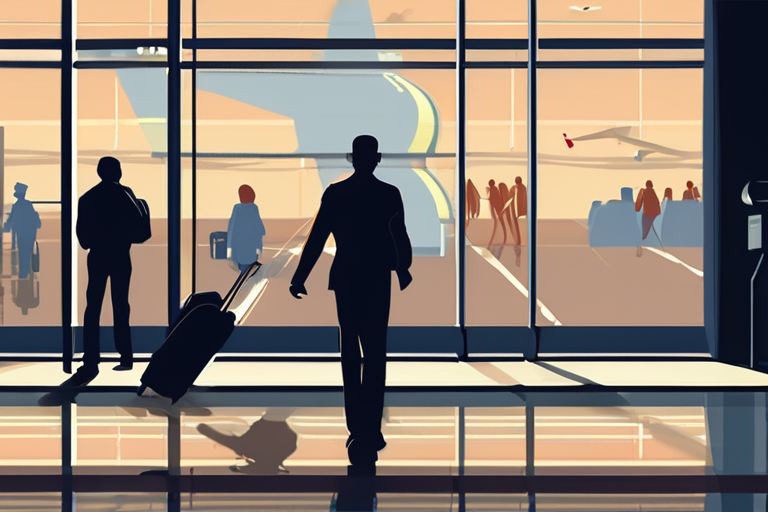
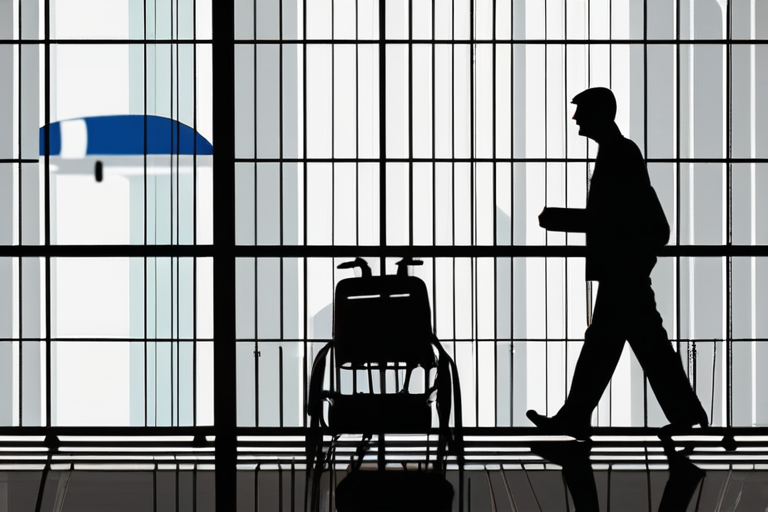
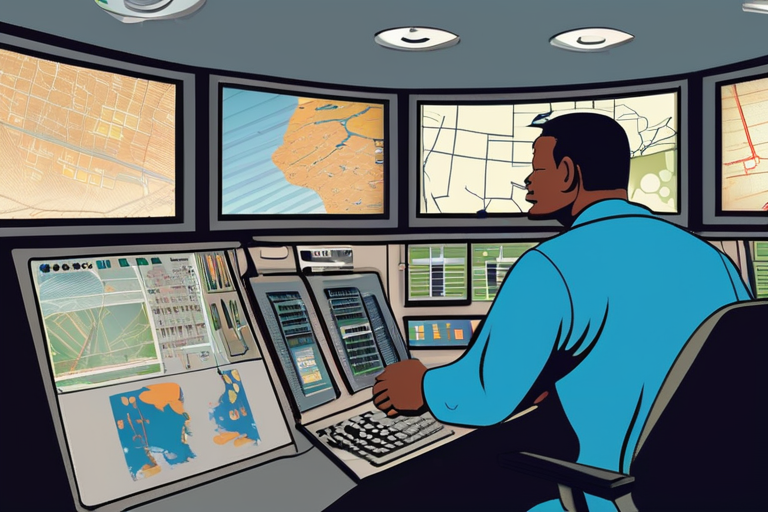
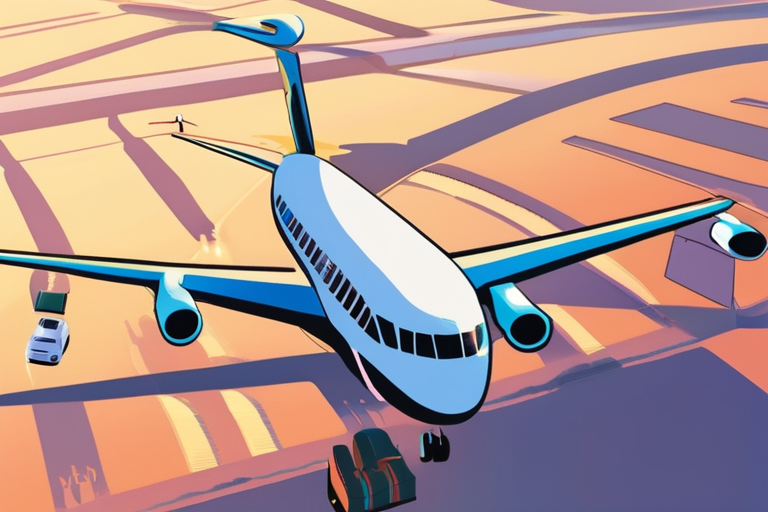


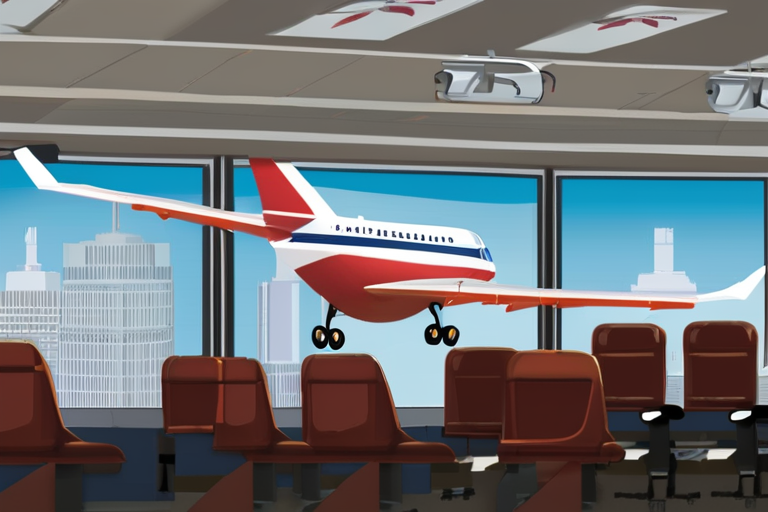
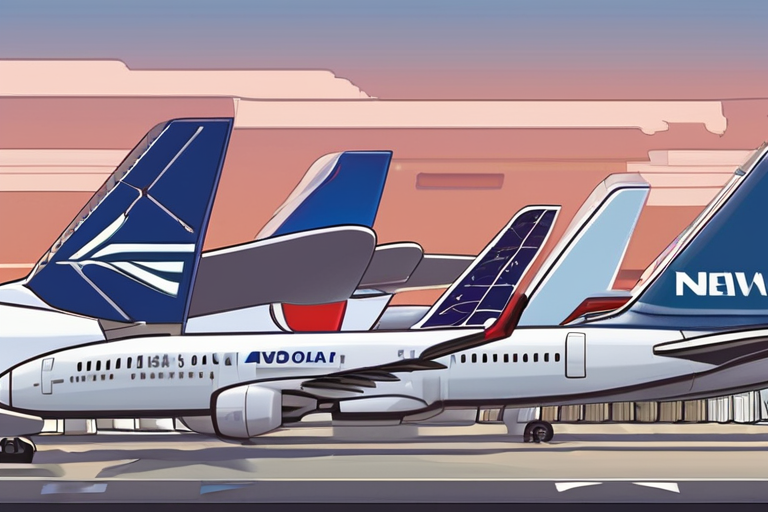
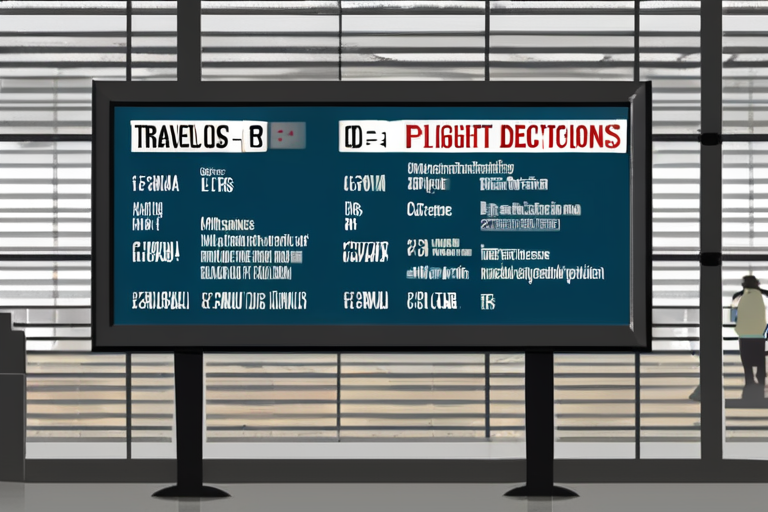

Share & Engage Share
Share this article